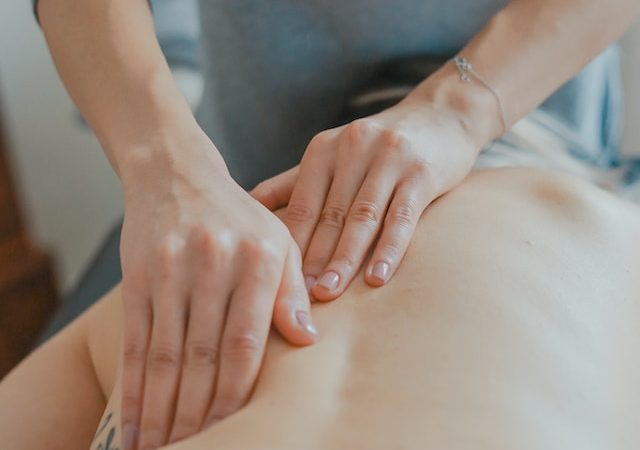A restful sleep is essential for rejuvenation, but aches and pains can disrupt the quality of your rest. Fortunately, simple positioning tricks can help alleviate discomfort and improve your sleep routine. In this article, we will share effective tips and tricks to transform your sleep routine, allowing you to wake up refreshed and free from
A restful sleep is essential for rejuvenation, but aches and pains can disrupt the quality of your rest. Fortunately, simple positioning tricks can help alleviate discomfort and improve your sleep routine. In this article, we will share effective tips and tricks to transform your sleep routine, allowing you to wake up refreshed and free from aches and pains.
- Pillow Placements for Optimal Support: Proper pillow placement can make a significant difference in reducing aches and pains during sleep. For back sleepers, use a pillow that supports the natural curve of your neck and keeps your head aligned with your spine. Consider placing a small pillow or rolled-up towel under your knees to alleviate pressure on the lower back. Side sleepers should choose a pillow that fills the gap between their head and shoulder, maintaining proper alignment. Placing a pillow between the knees can also help maintain spinal alignment and reduce hip and back strain.
- Mattress Selection for Comfort and Support: Investing in a supportive mattress is vital for aches and pains prevention. Look for a mattress that offers a balance of comfort and support, catering to your specific needs. A medium-firm mattress is generally recommended to ensure proper spinal alignment. The mattress should contour to your body while providing adequate support to prevent discomfort and relieve pressure points. Consider trying different mattress types and consult with professionals if needed to find the one that suits you best.
- Elevate Your Legs for Circulation: Elevating your legs while you sleep can improve blood circulation and alleviate pain in the lower back, legs, and feet. If you sleep on your back, place a pillow or two under your knees to achieve a slight elevation. This position reduces pressure on the lower back and enhances blood flow. Alternatively, for side sleepers, consider tucking a pillow between your thighs and knees to align your hips and relieve strain on the lower back.
- Experiment with Body Pillows: Body pillows can provide extra support and comfort during sleep, particularly for individuals with specific areas of discomfort. Depending on your needs, experiment with different body pillow placements. For example, if you have shoulder pain, hug a body pillow to support your arms and shoulders. If you experience lower back pain, try placing a body pillow behind you for added lumbar support. Body pillows can help maintain proper alignment and relieve pressure, allowing for a more comfortable and pain-free sleep.
- Stretch and Relax Before Bed: Incorporating stretching and relaxation exercises into your bedtime routine can help alleviate tension and prepare your body for a restful sleep. Gentle stretching, such as yoga or simple stretching exercises, can relieve muscle tightness and promote relaxation. Engage in deep breathing exercises or meditation to calm your mind and reduce stress. Creating a peaceful and soothing pre-sleep routine can contribute to a more comfortable and pain-free sleep experience.
Conclusion: Transforming your sleep routine doesn’t have to be complicated. By implementing simple positioning tricks, such as proper pillow placements, selecting a supportive mattress, elevating your legs, trying body pillows, and incorporating pre-sleep stretches and relaxation, you can bid farewell to aches and pains and enjoy a revitalizing sleep experience.





















Leave a Comment
Your email address will not be published. Required fields are marked with *